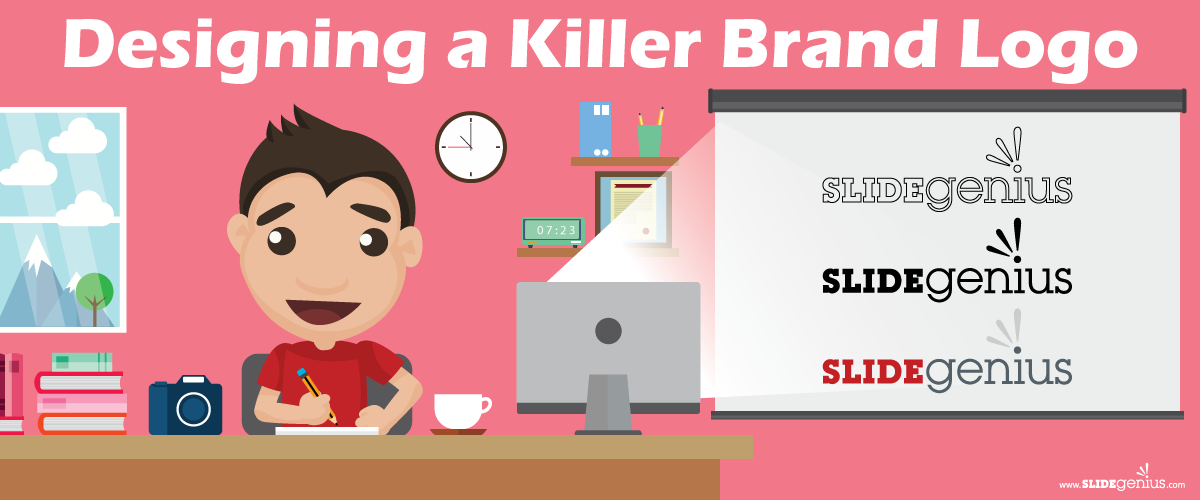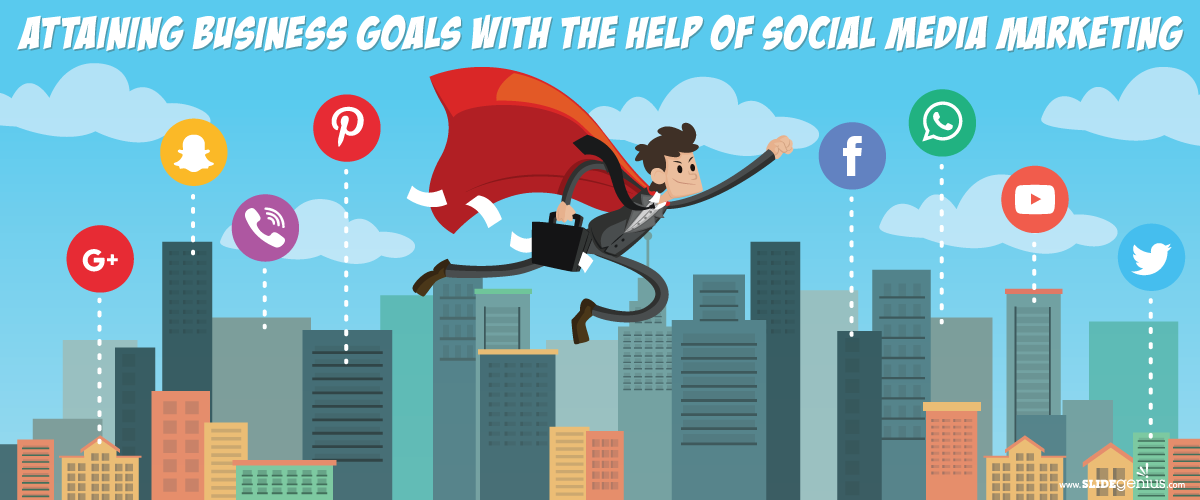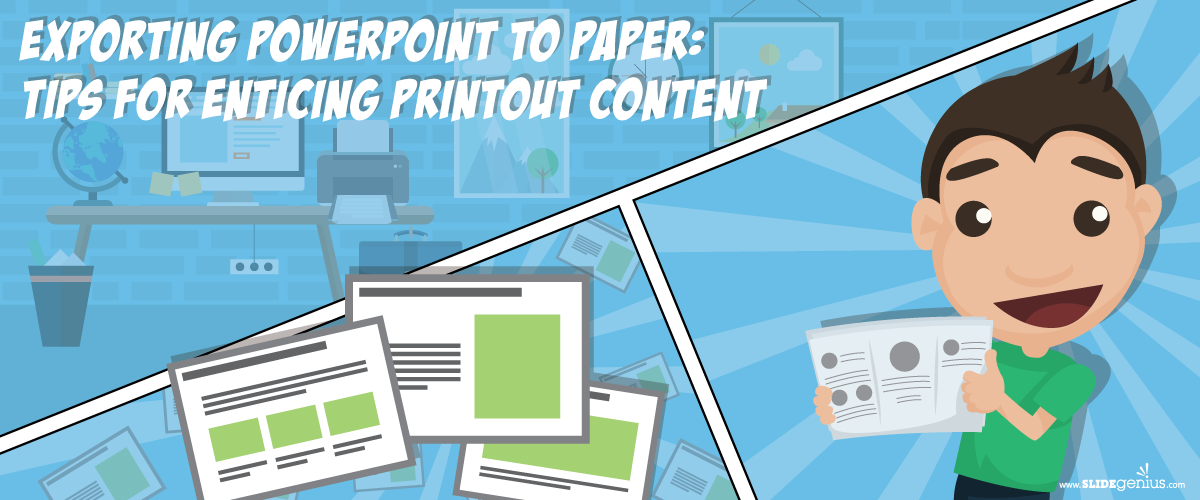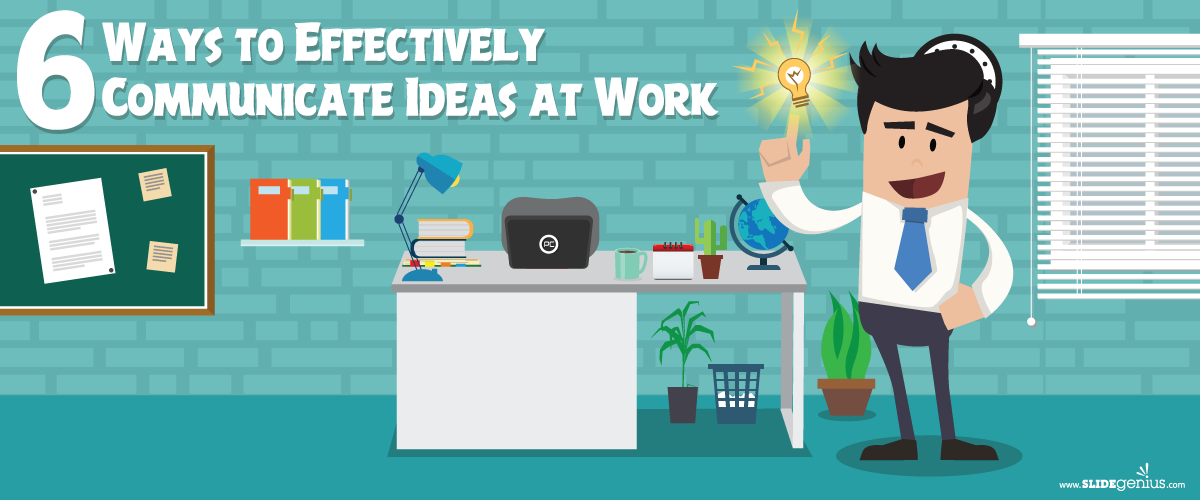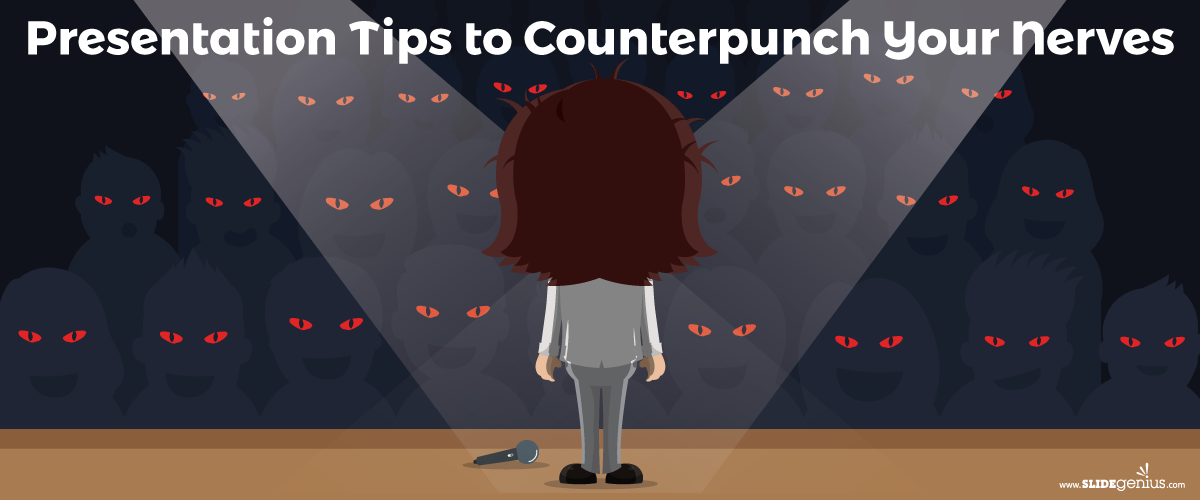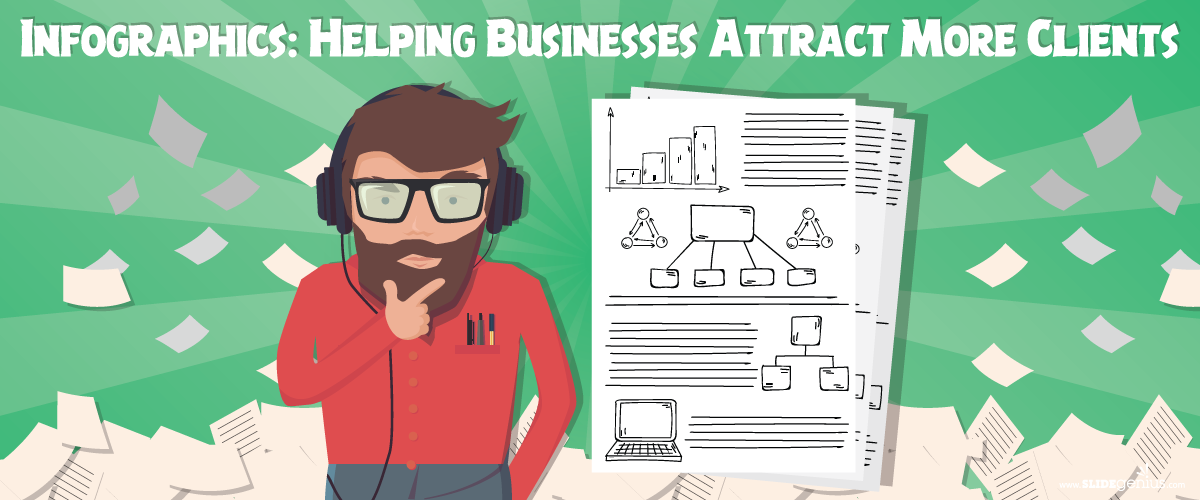
In today’s fast-paced, high-stress work environment, mindfulness has become a valuable tool for leaders looking to improve focus, reduce stress, and create a more productive and positive work culture. Mindfulness, the practice of being present and fully engaged in the moment, can help leaders make better decisions, communicate more effectively, and lead with clarity. Here’s what leaders need to know about mindfulness and how to incorporate it into their leadership style.
1. Enhances Decision-Making
Mindfulness helps leaders remain calm and focused under pressure, enabling them to make clearer, more informed decisions. By staying present in the moment, leaders can assess situations more accurately without being overwhelmed by stress or distractions.Why It’s Important:
- Reduces Impulsive Decisions: Mindfulness allows leaders to pause and reflect before reacting, leading to better decision-making.
- Improves Focus: Staying present helps leaders focus on the information that matters, making it easier to analyze complex issues and weigh options.
How to Do It:
- Practice deep breathing exercises before important meetings or decisions to center your mind.
- Take a brief pause during high-pressure moments to focus on your breathing and clear your thoughts.
2. Increases Emotional Intelligence (EQ)
Mindful leaders are more aware of their own emotions and the emotions of those around them. This heightened emotional awareness allows them to better manage their responses and foster more meaningful relationships with their teams.Why It’s Important:
- Strengthens Relationships: Understanding and managing emotions effectively helps leaders build stronger connections with their team.
- Enhances Conflict Resolution: Leaders with high EQ are better equipped to navigate conflicts and mediate disputes, as they can remain calm and empathetic.
How to Do It:
- Check in with yourself throughout the day to assess how you’re feeling and how your emotions may be impacting your leadership.
- Practice active listening by focusing fully on what others are saying without interrupting or planning your response.
3. Reduces Stress and Burnout
Mindfulness helps leaders manage stress by encouraging them to stay grounded in the present rather than worrying about future challenges or dwelling on past mistakes. By focusing on the present moment, leaders can reduce anxiety and prevent burnout.Why It’s Important:
- Improves Well-Being: Mindful leaders are better able to manage their own stress, leading to improved mental and physical health.
- Promotes Resilience: Leaders who practice mindfulness can bounce back from setbacks more quickly and handle adversity with greater ease.
How to Do It:
- Set aside time each day for mindful meditation or reflection, even if it’s just a few minutes.
- Incorporate mindfulness breaks into your workday, such as stepping away from your desk for a short walk or practicing mindful breathing exercises.
4. Enhances Creativity and Innovation
Mindfulness encourages leaders to approach challenges with an open mind, free from judgment or preconceived notions. This allows for greater creativity and out-of-the-box thinking, as leaders are more willing to explore new ideas and take calculated risks.Why It’s Important:
- Encourages Fresh Perspectives: Mindfulness helps leaders stay open to new possibilities and explore innovative solutions to problems.
- Fosters a Creative Work Environment: When leaders model mindfulness and creativity, they inspire their teams to think more innovatively as well.
How to Do It:
- Practice mindful brainstorming by setting aside time to think freely and explore new ideas without judgment.
- Encourage your team to engage in mindfulness practices that promote creativity, such as reflective writing or group meditation sessions.
5. Improves Communication Skills
Mindful leaders are more present in conversations and better able to listen actively, ensuring that their communication is clear, thoughtful, and empathetic. This leads to stronger relationships with employees and more effective collaboration within the team.Why It’s Important:
- Builds Trust: Leaders who practice mindful communication are better able to listen to and understand their team, building trust and rapport.
- Reduces Miscommunication: Mindful communication helps prevent misunderstandings, as leaders are more focused on the conversation and less likely to misinterpret messages.
How to Do It:
- Before entering a meeting or conversation, take a few moments to clear your mind and focus on being fully present.
- Practice active listening by giving your full attention to the speaker and avoiding distractions like checking your phone or thinking about your response before they finish speaking.
6. Cultivates a Positive Work Culture
Mindful leadership helps create a work culture that values respect, collaboration, and well-being. Leaders who practice mindfulness lead by example, fostering an environment where employees feel supported, valued, and empowered.Why It’s Important:
- Boosts Morale: Employees are more likely to feel satisfied and motivated when they work in a supportive, mindful environment.
- Increases Productivity: A positive work culture reduces stress and promotes focus, leading to higher levels of productivity and engagement.
How to Do It:
- Encourage mindfulness practices within your team, such as offering meditation sessions, wellness breaks, or mindfulness workshops.
- Lead by example by demonstrating mindfulness in your leadership style, such as staying calm during stressful situations or practicing empathy in interactions with your team.
Final Thoughts
Mindfulness is a powerful tool for leaders, helping them make better decisions, manage stress, and foster a positive, productive work culture. By incorporating mindfulness into your leadership approach, you can improve your emotional intelligence, enhance your communication skills, and create an environment where both you and your team can thrive. Whether it’s through daily meditation, active listening, or simply taking a few mindful breaths before a meeting, small mindfulness practices can lead to significant improvements in your leadership effectiveness.
